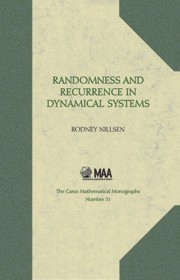3 - Probability and Randomness
Summary
It may be taken for granted that any attempt at defining disorder in a formal way will lead to a contradiction. This does not mean that the notion of disorder is contradictory. It is so, however, as soon as I try to formalize it.
Hans Freudenthal (1905–1990)Introduction: probability, coin tossing and randomness
A main aim in this chapter is to pursue a connection between elementary real analysis and probability theory. In probability, we imagine an experiment or a procedure whose set of all possible outcomes is denoted by S. The set S is usually called the sample space. Thus, a point x in S represents a possible outcome of the experiment. Now, consider a subset A of S. If the experiment is carried out and produces an outcome x, we can observe whether x є A or x ∉ A. For this reason, A is often called an event. Then, if the experiment is carried out repeatedly, we can observe the proportion of times for which the outcome x was in A. As the experiment is repeated indefinitely, this proportion might be expected to approach a limit, which is called the probability of the event A—this approach regards probability as a measure of the frequency of an event. Alternatively, we can think of the probability of an event A as the proportion of S that is “occupied” by A, or as the ratio of the “length” or “area” of A to the “length” or “area” of S.
- Type
- Chapter
- Information
- Randomness and Recurrence in Dynamical SystemsA Real Analysis Approach, pp. 86 - 233Publisher: Mathematical Association of AmericaPrint publication year: 2010

